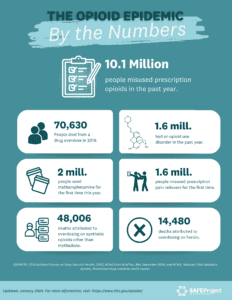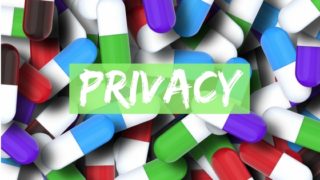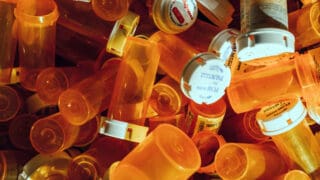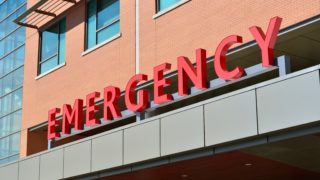Like most folks, you probably don’t think you have any potentially dangerous opioids tucked away in your medicine cabinet or under the sink. You may be surprised to find out you actually do – but didn’t know it. Different names are often used for the same drugs, which can make it difficult to tell exactly what you have at home – especially if you recognize the generic name, but didn’t know the brand name.
If you’ve ever been treated for severe pain from surgery, an injury, or an illness, it’s entirely possible you still have prescription opioids in your home.
First, the basics…
Opiates and opioids are a class of controlled pain-management drugs that contain natural or synthetic chemicals based on morphine, the active component of opium. Opiates are naturally derived from the opium poppy, while Opioids are synthetic or partly synthetic drugs that work much in the same way as opiates – but their active ingredients are chemical.
The National Institute on Drug Abuse classifies opioids in three ways: Natural, Semi-Synthetic, and Fully-Synthetic.

So what are common prescription opioids?
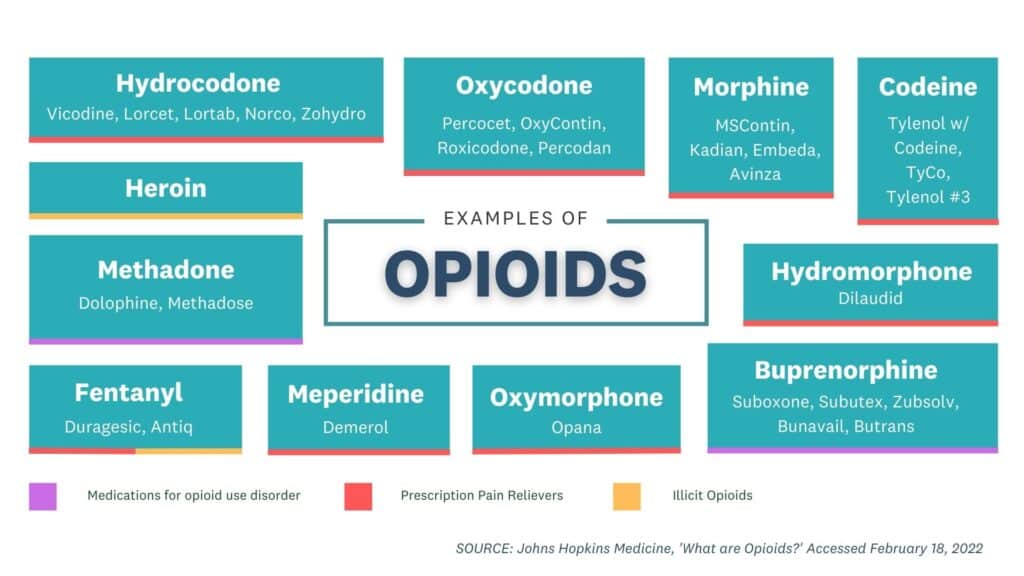
And don’t just focus on the pills in your medicine cabinet: prescription opioids can come in several forms– tablets, capsules, liquids for injection, syrups, nasal sprays, skin patches, solutions and suppositories.
If you are uncertain about any of the prescriptions you have in your home or just want to know if it’s an opioid, visit the U.S. National Library of Medicine website to search by brand name or generic name.
You can learn more about the effect of prescription opioids at National Institute for Drug Abuse.
What Next?
Now that you know what’s in your medicine cabinet, we invite you to learn how to safely get dispose of your unused or expired medication. Hint: don’t flush it!
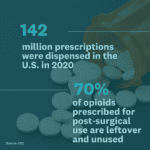
Take it a Step Further

In August 2022, SAFE Project launched the Naloxone Awareness Project, or “the pharmacy challenge,” a nationwide volunteer campaign. Volunteers collected data on naloxone availability at local pharmacies, contributing to comprehensive nationwide data submitted to the FDA Advisory Panel in February 2023. This data played a key role in making Narcan available over the counter, a development reported by major retailers such as CVS, Rite Aid, Walgreens, and Walmart.
Our ongoing goal is to update the project, focusing on Naloxone accessibility which is now available over the counter. In all 50 states, individuals can obtain naloxone without a prescription, but obstacles persist. SAFE Project aims to identify and overcome barriers, including stocking, purchase ability, and stigma.
Information for this article comes from the National Institute on Drug Abuse; National Institutes of Health; U.S. Department of Health and Human Services; SAMHSA, Federal Drug Administration; Center for Disease Control; and U.S. Library of Medicine


